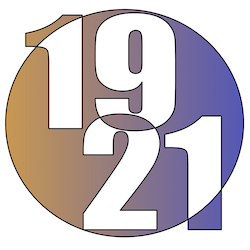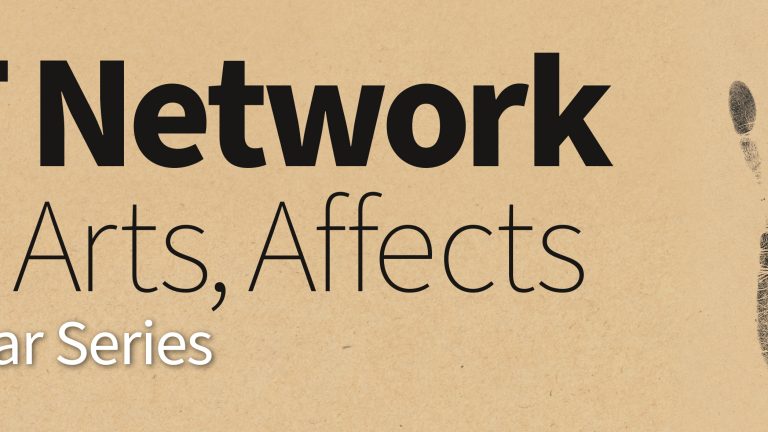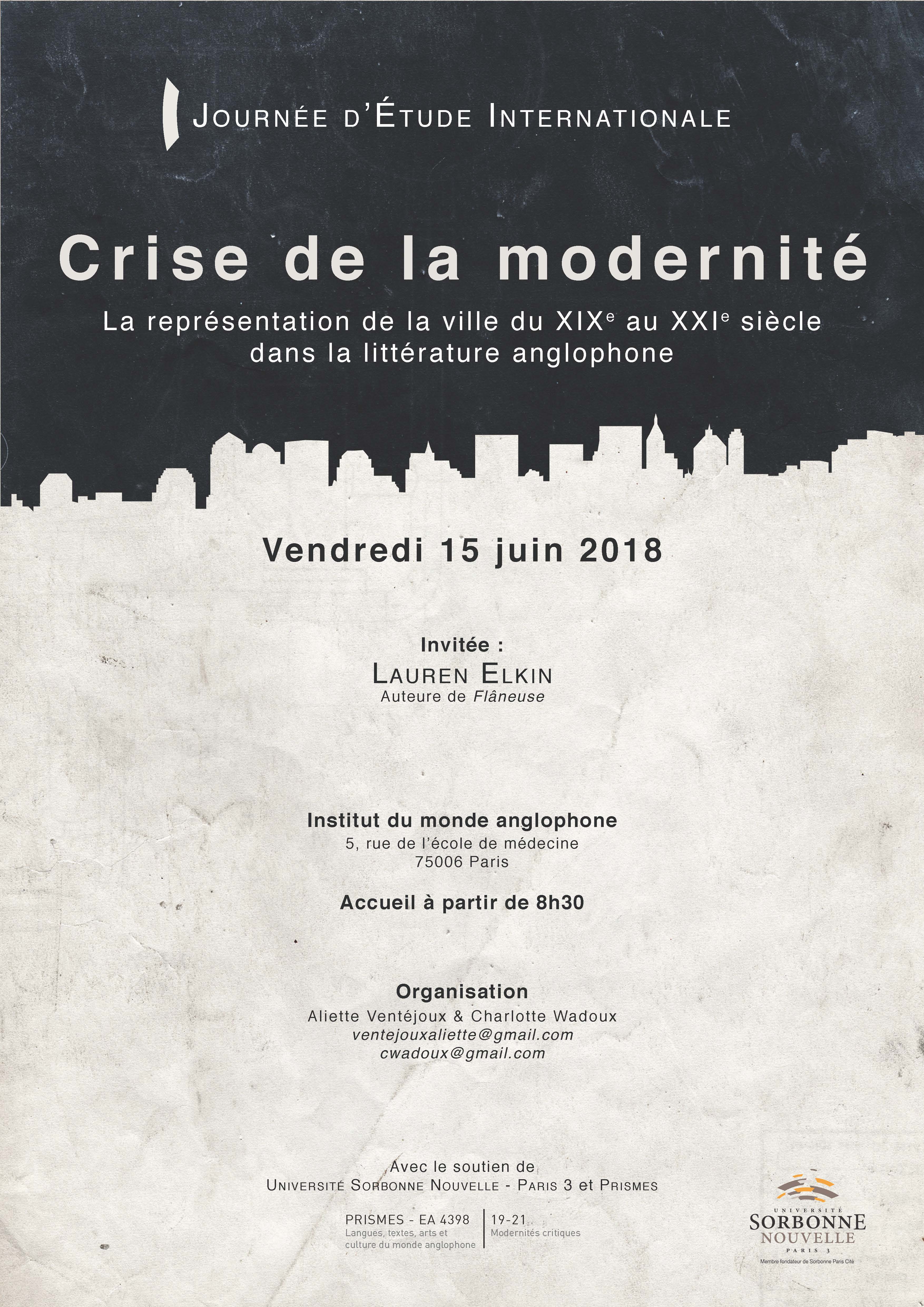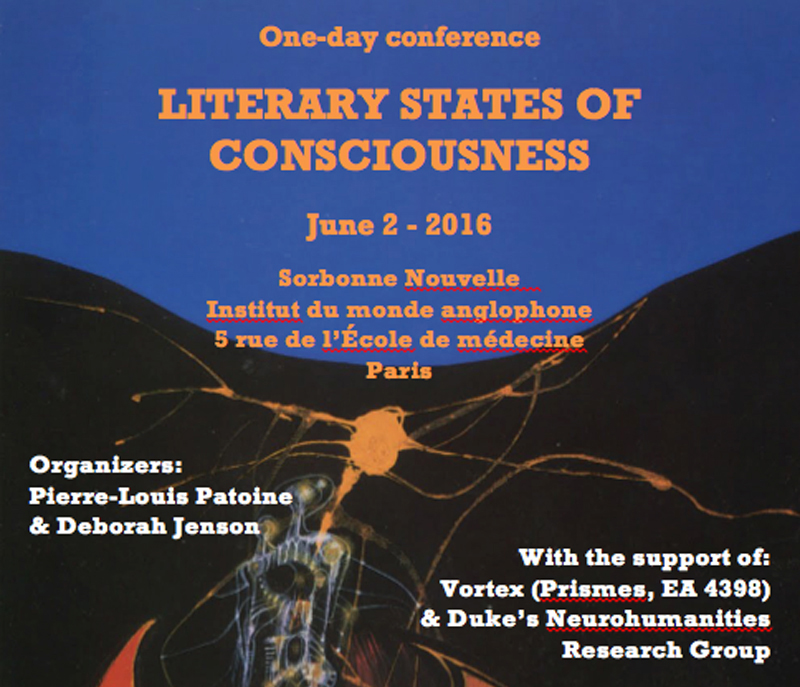Nous avons le plaisir de vous inviter à la prochaine séance du séminaire TACT (Touch, Arts, Affects), qui aura lieu le jeudi 20 avril 2023 de 17h à 19h à la Maison de la recherche en salle du conseil et en ligne (meet.google.com/wph-egwr-xhq).
Ken Wilder (University of the Arts, London)
“Blindness and the Role of Touch in Contemporary Sculpture”
Respondent: Charlotte Gould (Paris Ouest)
Since the Tate’s 1981 exhibition Sculpture for the Blind, there have been a number of ‘tactile’ exhibitions by major galleries that seek to engage blind and partially-blind audiences, and sculptural work has often been to the fore of these multi-sensory exhibitions. However, when curated by sighted curators (as was the case with the Tate’s show) the engagement afforded has often considered touch a ‘compensatory’ sense—a substitution for visual experience—or, at best, a ‘retrieval’ of the artist’s creative processes, hence an essentially passive role. By contrast, I want to claim that a consideration of ‘expanded’ sculptural practices, including those by blind and partially-blind artists, not only confronts this notion of ‘substitution’, but raises wider problems for established ocularcentric accounts of the ontology of contemporary art, and particularly sculpture. This is no more manifest than in the durational shift such work requires when experienced primarily through touch, the opposite of Michael Fried’s notion of ‘instantaneousness’.
Ken Wilder is an artist and writer, and a reader at the University of the Arts, London. Wilder’s research into aesthetics focuses on the relation between artwork and beholder. In particular, he is interested in how artworks locate their beholders towards both their real and virtual realms, bringing their orientation (in the deepest sense of the word) into play: something explored in Wilder’s monograph Beholding: Situated Art and the Aesthetics of Reception (Bloomsbury, 2020). More recently, working with the blind Irish artist Aaron McPeake, Wilder has acted as principal investigator of the research project ‘Beyond the Visual: Non-Sighted Modes of Engaging Art’, which culminated in a symposium at the Wellcome Collection (an edited volume of which is forthcoming). This project investigates how intermedial forms of contemporary art potentially open up new forms of engagement for blind and partially-blind beholders, foregrounding the work of blind artists in challenging outdated ontologies of art practice.
TACT: Touch, Arts, Affects
New Seminar Series
Main convenor : Caroline Pollentier (Sorbonne Nouvelle University)
Co-convenor : Antonia Rigaud (Sorbonne Nouvelle University)
With the support of 19-21 (EA Prismes)
Following the inaugural conference “Touched: Transdisciplinary Perspectives” (2021), the TACT network (Touch, Arts, Affects) is launching an interdisciplinary seminar series in Spring 2023. The goal of this seminar is to interrogate the experience of touch in works of art and to explore the diversity of haptic affects across artistic media. With speakers from various areas of expertise, we intend to discuss the elusive tactility of the arts in relation to technology, science, ethics, politics, and everyday life.
Though long considered as a minor sense, touch is now reclaimed as the “first sense” (Fulkerson) which defines intersubjectivity from embryonic formation to social interactions. The main hypothesis of this seminar is that touch constitutes a primordial dimension of aesthetic experience and cannot, as such, be reduced to the language of affect. When texts, films, dances or performances touch us, how do they mobilise and mediate haptics—even when there is apparently no actual contact? Didier Anzieu’s psychoanalytical concept of the skin-ego, theorised after Freud’s early work on “contact barriers,” revalued the epidermis as a founding affective boundary. The recent discovery of C-tactile afferents in neurobiology has subsequently renewed the understanding of “affective touch” (McGlone), now conceived of as a physiological category distinct from discriminative touch. In dialogue, but also in contradistinction with the science of affective touch, this seminar will defend the ability of the arts and the humanities to register the affects of touch, to retrace their genealogies and “nomadic” forms (Anzieu), and to imagine haptic futures.
The singularity of the tactile sense lies in its reflexivity—one is touched when one touches (Husserl, Merleau-Ponty). Focusing on the ethics and politics of this chiasm, this seminar will foreground the ability of haptic aesthetics to disrupt and remodel relationality. From Marinetti’s utopian “Manifesto of Tactilism” to Jan Švankmajer’s tactile collages, from the transgender craft of “the handmade” (Vaccaro) to “touchscreen archælogies” (Strauven), from the “shared motricity” of contact improvisation (Bigé) to the body-centered medium of performance, touch produces communal sensorialities. However, touch also materialises acute forms of vulnerability—“hapticality, the touch of the undercommons” (Moten and Harney). While Roberto Esposito, following Elias Canetti, inscribes the tactile in biopolitical processes of immunisation, Michael Marder, focusing on vegetal surfaces, points out the precariousness of the living. Haptics alerts us to shared conditions of exposure and embodied forms of exclusion, even as it opens up concrete modalities of care (Puig de la Bellacasa).
This first seminar series will centre on romantic and contemporary literature, philosophy, and sculpture. As such, it will engage with multiple “senses of touch” (Paterson) as well as with varying degrees of haptic presence and absence across media. While literary haptics (Bolens, Goh) differs from sculptural contact, both texts and sculptures can displace sensorial hierarchies. By exploring the artistic shapes of the “touchable-untouchable,” as theorised by Jacques Derrida in the wake of Jean-Luc Nancy, we intend to place touch at the core of aesthetic dissensus—between optics and haptics, between the bodily and the virtual, between agency and passivity, between coloniality and decoloniality, between ableism and disability. In our economic and technological “age of excarnation” (Kearney), what can the arts and the humanities remind us about our own skins?
Works cited
ANZIEU, Didier, The Skin-Ego, 1985, trans. Naomi Segal (London: Carnac, 2016).
ANZIEU, Didier, L’Épiderme nomade et la peau psychique (Paris: Apsygée, 1990).
BIGÉ, Emma, “Sentir et se mouvoir ensemble. Micro-politiques du contact improvisation,” Recherches en danse [online] 4, 2015.
BOLENS, Guillemette, “L’Haptique en art et en littérature : Ovide, Proust et Antonello de Messine,” Le Toucher : prospections médicales, artistiques et littéraires, ed. Maria de Jesus Cabral, José Domingues de Almeida et Gérard Danou (Paris: Le Manuscrit, 2019), 25-37.
ESPOSITO, Roberto, Communitas: The Origin and Destiny of Community, trans. Timothy Campbell (Stanford: Stanford UP, 2010).
DERRIDA, Jacques, Le Toucher, Jean-Luc Nancy (Paris: Galilée, 2000).
FREUD, Sigmund, “Project for a Scientific Psychology,” The Origins of Psychoanalysis: Letters, Drafts and Notes to Wilhelm Fliess 1887-1902, ed. M. Bonaparte et al. (New York: Basic Books, 1954), 347-445.
FULKERSON Matthew, The First Sense. A Philosophical Study of Human Touch (Cambridge, MA: MIT P, 2014).
GOH, Irving, “Introducing Touching Literature: Anthony Doerr’s All the Light We Cannot See,” New Centennial Review 19.3 (2019): 241-64.
HUSSERL, Edmund, Recherches phénoménologiques pour la constitution, Idées directrices 2(Paris: PUF, 1982)
KEARNEY, Richard, Touch. Recovering Our Most Vital Sense (New York: Columbia UP, 2021), 113-32.
MARDER, Michael, Plant-Thinking: A Philosophy of Vegetal Life (New York: Columbia UP, 2013).
MARINETTI, F. T., “Manifesto of Tactilism” (1924), Futurism: An Anthology, ed. Lawrence Rainey, Christine Poggi, and Laura Wittman (New Haven: Yale UP, 2009), 264-69.
McGLONE, Francis, et al, “Discriminative and affective touch: sensing and feeling,” Neuron 82.4 (2014): 737-55.
MERLEAU-PONTY, Maurice, Le Visible et l’invisible (Paris: Gallimard, 1964), 172-204.
MOTEN, Fred, and Stephano HARNEY, The Undercommons. Fugitive Planning and Black Study (Wivenhoe: Minor Compositions, 2013).
NANCY, Jean-Luc, Corpus (Paris: Métailié, 2006).
PATERSON, Mark, The Senses of Touch: Haptics, Affects, and Technologies (Oxford: Berg, 2007).
PUIG DE LA BELLACASA, María, “Touching Visions,” Matters of Care. Speculative Ethics in More Than Human Worlds (Minneapolis, U of Minnesota P, 2017), 95-122.
RIEGL, Alois, “Late Roman or Oriental?” 1902, German Essays on Art History, ed. G. Schiff (London: Continuum, 1997), 173-74.
STRAUVEN, Wanda, Touchscreen Archælogies: Tracing Histories of Hands-On Media Practices (Lüneburg: Meson P, 2021).
ŠVANKMAJER, Jan, Touching and Imagining, An Introduction to Tactile Art (London, I. B. Tauris, 2014). VACCARO, Jeanne, “Handmade,” Transgender Studies Quarterly 1-2 (2014): 96-97.



